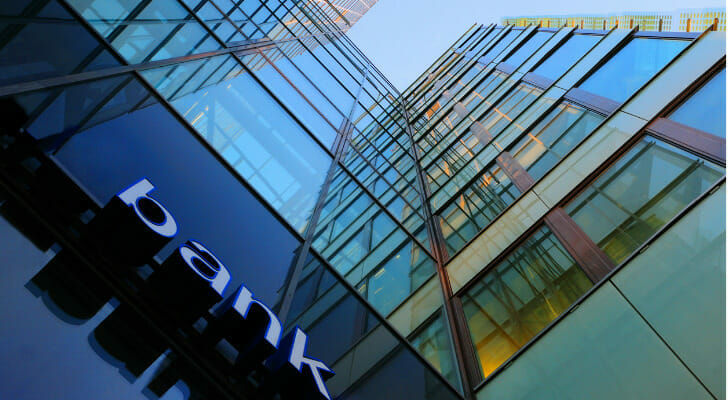What Is CRISIL Rating And How Does It Affect The Borrowing Costs and Investor Confidence
- ruthfernandes34
- Jun 20, 2023
- 2 min read
In the financial business, trust and confidence are crucial. Lenders and investors want to feel confident they are making an informed decision when considering a loan or an investment in a company. Credit rating agencies like CRISIL can help in this situation by providing a helpful assessment of a borrower's creditworthiness. This article will discuss the CRISIL rating concept, its significance, and how it affects borrowing rates and investor confidence.

Understanding CRISIL
One of the top credit rating companies in India is CRISIL or Credit Rating Information Services of India Limited. It is famous for its impartial, unbiased, and independent credit evaluations of businesses and their financial instruments. A few examples of financial items that CRISIL rates include bonds, debentures, commercial papers, and bank loans. These ratings are used to assess the issuer's capacity to fulfill its financial commitments.
What Are CRISIL Ratings?
The CRISIL rating system uses a variety of symbols, ranging from AAA (the highest rating) to D (default). Each character stands for various degrees of the issuer's credit risk. Lower-rated instruments represent a greater chance of default, while AAA-rated instruments signal a high level of safety. In order to assess the issuer's trustworthiness and make wise judgments, investors and lenders primarily rely on these ratings.
Only a small number of financial institutions have a CRISIL AAA grade. For instance, CRISIL recently upgraded Poonawalla Fincorp, a prominent NBFC in India, to a AAA rating. According to Abhay Bhutada, MD of Poonawalla Finacorp, their growth trajectory would be accelerated.
Significance Of CRISIL Ratings
The CRISIL rating has a substantial impact on borrowing rates. A better credit rating indicates a lesser chance of default, which lowers the issuer's borrowing costs. This is due to the fact that lenders view issuers with lower ratings as riskier and demand a higher interest rate in return for taking on more risk. In contrast, issuers with higher ratings are better able to bargain for favorable terms and secure loans with lower interest rates, lowering their overall borrowing costs.
Beyond financing costs, the CRISIL rating has a significant impact. These ratings have a significant impact on investor confidence as well. A high credit rating indicates greater outstanding financial stability and dependability for the issuer. This draws in a bigger group of investors who are more confident in investing their money. Increased demand for the issuer's financial instruments, such as bonds or debentures, may emerge from the increased investor confidence, which could lead to better liquidity and possibly cheaper borrowing rates.
On the other hand, a lower CRISIL rating may have unfavorable consequences. It denotes a greater risk of default, raising the issuer's borrowing costs. Additionally, lower-rated issuers could have a hard time luring investors because they are perceived as carrying more risk. Their access to finance may be restricted by this lack of investor confidence, which could also obstruct their ambitions for growth and expansion.
Conclusion
The CRISIL rating is very important to the finance sector. It serves as a useful instrument for assessing the creditworthiness of issuers by lenders and investors. Higher-rated issuers benefit from lower interest rates and greater investor confidence, which affect borrowing costs.



Comments